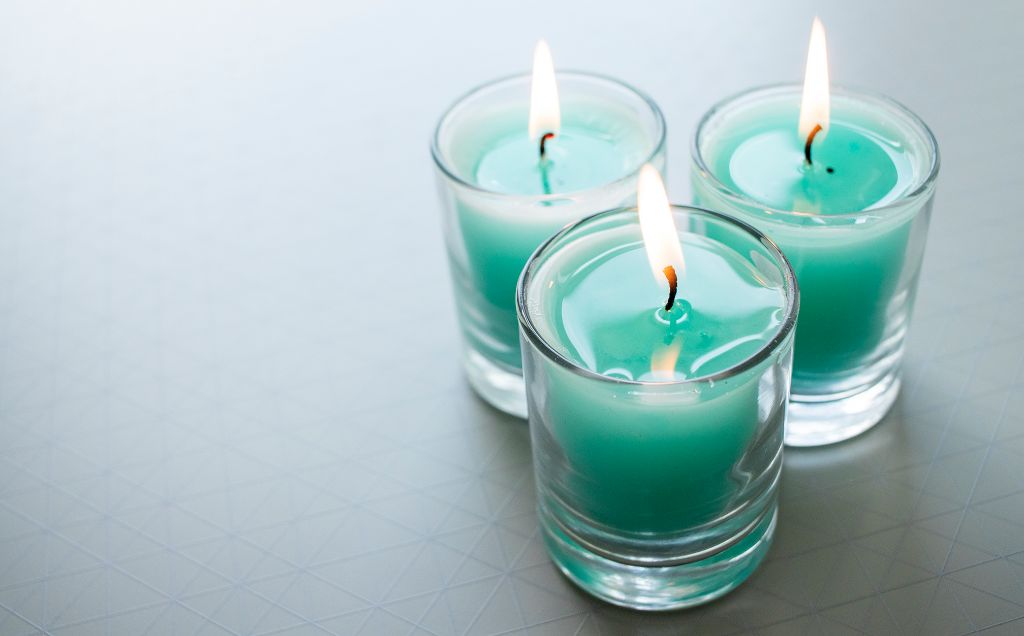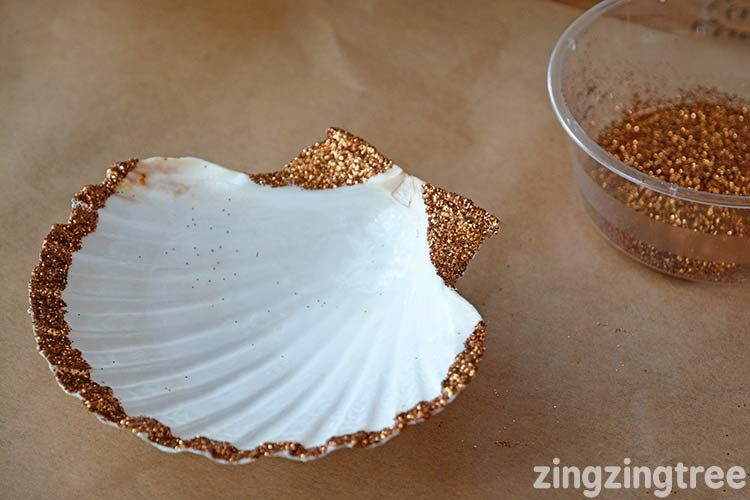How Do You Keep Candles From Sticking To Votives?
What Causes Candles to Stick to Votives?
There are a few key reasons why candles often get stuck inside votive holders:
Wax pooling at the bottom – As the candle burns down, hot wax pools at the bottom of the votive. This wax can stick to the bottom of the glass or metal holder.
Wax dripping down the sides – Melted wax can drip down the sides of the candle as it burns. This wax drippings will adhere to the interior walls of the votive.
High temperatures – Votives are designed to draw heat up through the candle to help it burn evenly. But this heat can also cause the wax to melt and stick to the glass or metal.
Tight fit – If the candle fits too snugly inside the votive holder, there is increased surface contact between the wax and the holder. This makes sticking more likely.
Proper care when preparing, lighting and extinguishing the candles can help prevent sticking. But sometimes it is unavoidable due to the nature of how votives are designed to draw heat through the candle (source: https://www.eroma.com.au/adhesion-issues-tips-tricks-remedies).
Preparing Votives Before Use
Preparing votive holders before inserting a candle is one of the easiest ways to prevent sticking. The key is to create a barrier between the wax and the glass votive holder.
One method is to chill the votive holders before use. According to The Knot forums, placing votives in the refrigerator or freezer for 1-2 hours before use can help prevent wax from fully adhering to the sides.
Another preparation technique is to coat the inside of the holder with a non-stick cooking spray before inserting the candle. As recommended in Lifehacker, the non-stick barrier prevents wax residue build up.
Lining the bottom of the votive holder with aluminum foil or wax paper can also help. The foil or paper acts as a protective layer between the wax and the glass. This tip is mentioned in Quick and Dirty Tips.
Choosing the Right Candle
Selecting the proper candle is an important step to prevent sticking in votives. Cheap paraffin wax candles tend to be more prone to sticking than higher quality waxes like soy or beeswax. As noted in this guide on wax types, paraffin is cheaper but comes with drawbacks like being prone to soot and sticking (https://cozyours.com/blogs/candle-making/types-of-candle-wax).
Additionally, choose candles with smooth, straight sides rather than decorative shapes and patterns. According to candle experts, the smoother the candle exterior, the less likely it is to adhere to the votive walls (https://shoparchipelago.com/blogs/blog/types-of-candle-wax).
Proper candle diameter is also key – select a candle that fits the votive snugly but leaves a small gap on all sides. Candles that are too wide or too narrow for the votive are more likely to create sticking and residue build-up over time.

Letting Candles Cure Before Burning
One of the most important steps to prevent candles from sticking to votives is letting them cure properly before burning. Curing refers to allowing the candle to rest undisturbed after it has been poured and cooled. This curing period is crucial because it gives the wax time to completely solidify and stabilize.
Candles that have not cured completely are more likely to experience issues like sinking, cracking, and sticking when burned. Industry experts recommend letting candles cure for a minimum of 48 hours before lighting them. This ensures the wax has had sufficient time to set up and adhere properly to the votive container.
During the curing period, the wax finishes contracting and hardening. This allows any pockets of air or inconsistencies in the wax to settle out. Proper curing results in a smooth, cohesive wax structure that releases cleanly from the votive as it melts. Rushing to burn a candle before full curing can disrupt the wax structure and cause the candle to fuse with the container.https://armatagecandlecompany.com/blog/candle-curing/
So exercising patience and allowing candles to cure completely before use is one of the simplest ways to prevent sticking. For the best results, wait at least 48 hours after pouring candles before lighting them. This will enable the wax to fully stabilize and create the ideal burning experience.
Burning Tips to Prevent Sticking
There are a few simple tricks when burning candles that can help prevent them from sticking to votive holders or jars. One tip from Mole Hollow Candles is to only burn candles for 2-3 hours at a time before blowing them out (https://molehollowcandles.com/pages/candle-burning-tips). Burning a candle for longer periods can cause more wax to melt and pool at the bottom where it can stick as it cools and hardens. Blowing out the candle every few hours allows the wax to start cooling and shrinking away from the glass or metal container.
Additionally, always trim the wick to 1⁄4 inch before lighting, which helps control the flame size and prevents it from getting too close to the glass and overheating the wax so it adheres and sticks (https://molehollowcandles.com/pages/candle-burning-tips).
Finally, avoid burning candles in drafty areas, as the breeze can cause the flame to flicker, drip down the sides, and lead to more wax sticking to the holder. Following these simple burning and wick trimming steps can go a long way towards preventing those pesky stuck candles (https://forums.theknot.com/discussion/1040697/how-to-avoid-candles-from-sticking).
Removing a Stuck Candle
If a candle gets stuck in a votive holder, there are some simple methods to remove it:
Place the votive holder with the stuck candle in the freezer for 1-2 hours. The cold temperature will cause the wax to contract and shrink slightly, loosening it from the glass walls. As the wax hardens, it will be easier to remove in one piece [1].
After freezing, remove the votive holder and gently heat the bottom with a hair dryer or by placing it in a bowl of hot water for 30 seconds. This will soften the wax just enough for removal. Slowly twist and pull the candle out of the holder while the wax is still pliable.
Avoid using methods like scraping or scrubbing to pry out stuck wax, as it can damage the votive glass. The freeze and heat technique allows the candle to release smoothly.
Cleaning Votives After Use
After burning candles in votive holders, you’ll need to clean them to remove any wax remnants before reusing them. Here are some tips for effective cleaning without damaging your votives:
Gently scrape out any leftover wax using a plastic utensil or butter knife. Avoid using anything abrasive that could scratch the glass. The wax should pop out easily if you let the votive cool completely first. If any wax remains stuck, place the votive in the freezer for an hour. The wax will harden and you can chip it away.
Wash votives with warm, soapy water using a soft sponge or cloth. Avoid abrasive scrubbing that could etch the glass. If needed, fill the votive with hot water and a drop of dish soap, let soak for 10 minutes, then scrub gently to dissolve any remaining wax.
Be sure to dry votives completely with a soft towel before refilling them with a new candle. Any water droplets left behind could make the fresh wax stick. For extra protection, rub votives with a thin coat of vegetable or olive oil using a paper towel or soft cloth. The oil will create a barrier to repel wax.
With proper care after each use, your glass votive holders will last for years of candle enjoyment. Just remember to gently remove wax, wash with mild soap and water, dry completely, and avoid rough scrubbing.
Storing Votives Properly
Votives should be stored upright in a cool, dry place to help preserve their condition and extend their lifespan. The ideal storage temperature is between 50-80°F. Extreme high or low temperatures can cause candles to sweat, morph in shape, or lose their scent and color vibrancy faster.
Before storing votives, place a small piece of tissue paper or packing material inside each one. This will prevent scratches if the votives happen to shift or rub against one another during storage. Be very careful when stacking votives, and avoid stacking more than 2-3 high to minimize pressure and potential cracking or scratching.
According to this article, enclosed storage like cabinets, closet shelves, or lidded bins are ideal for protecting votives from light damage and dust. If storing votives openly on shelves, try to choose an area away from direct sunlight. Regularly cleaning the storage area and votive surfaces can also help them stay looking their best.
When to Replace Votives
Votive holders will naturally degrade over time with repeated use. There are a few signs that indicate it’s time to replace your votive holders:
Look for scratches or other damage. If the glass or metal is scratched, chipped, or otherwise damaged, it’s best to replace it. Deep scratches can impact the candle’s burn and damaged metal can flake or contaminate the wax (source).
If wax no longer releases from the holder, it’s a sign the protective coatings have worn off. Votives rely on non-stick surfaces for easy wax removal. If wax sticks stubbornly, the holder needs replacement.
Faded or dulled metal shows age. The special coatings on metal votives degrade over time. If the color looks faded or dull, replace them for a fresh look.
Alternative Candle Holders
While votive candles are popular, they aren’t the only option for candle holders. There are several alternatives that can help prevent sticking candles:
Floating Candles
Floating candles are candles designed to float on water. These candles have a wider base so they can rest on the surface of water without tipping over. The water creates a barrier between the candle and holder, preventing sticking. Floating candles look beautiful in glass containers, bowls, or vases filled with water. Just be sure to use containers that can withstand candle heat.
Glass Containers
Simple glass containers like jars, cups, or bowls make lovely candle holders. The smooth glass surface prevents sticking. Make sure the opening is wide enough to easily insert and remove the candle. For added decor, fill the container with marbles, rocks, sand, or beads to surround the candle. Materials like marbles can absorb extra wax drips.
Tea Lights
Tea lights are small, self-contained candles perfect for candle holders. Their all-in-one wax and wick design means no sticking to holders. Tea lights come in metal tins or glass cups. They’re available in votive size and can be used in votive candle holders. Their small size burns for a shorter time, but makes changing candles easier.
LED Flameless Candles
For the easiest no-stick option, LED flameless candles imitate the look of real candles without wax, wick, or fire. Battery-operated flameless candles have small lights to mimic flickering flames. They produce no heat, so there’s no risk of sticking, burns, or fires. Flameless candles come in all shapes and sizes, including votives.
Source: https://keystonecandle.com/blog/ways-to-make-a-taper-candle-stand-straight-in-a-holder/




